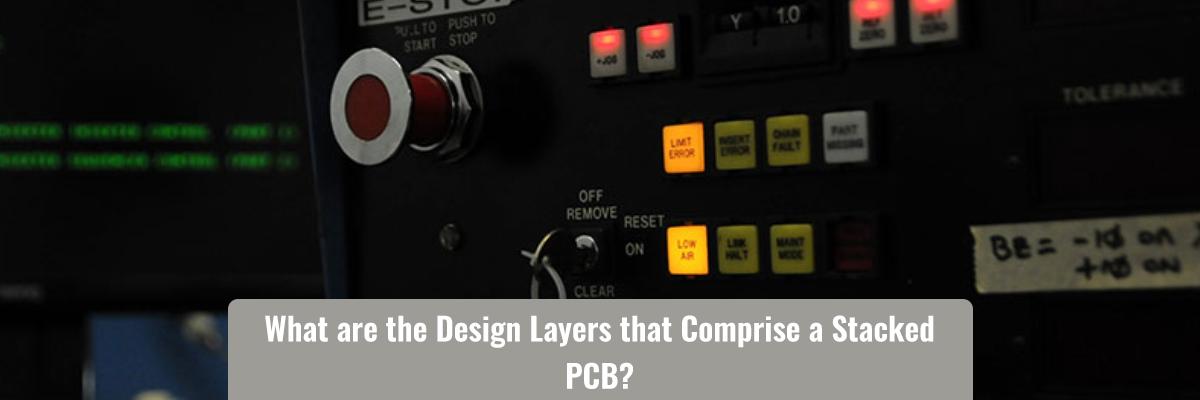Printed Circuit Boards (PCBs) are used in a variety of industries. Their construction varies depending on these industries and applications. Sometimes a single layer PCB will suffice, while most times multiple layers are needed to support the function of the application. A specific process is implemented during the fabrication of the PCB to ensure it functions optimally. Several layers of products and components are implemented and executed when designing a PCB layer.
This post is not related to the number of layers of a PCB. It refers to the different design layers that are implemented on one board of a PCB. This includes the copper traces, solder material, silkscreen, etc.
Eight Main Design Layers Seen in a PCB
It is important to understand and distinguish between the various layers of a PCB. The minute distinctions are required to better understand the exact thickness of the PCB to ensure it works with maximum efficiency. The following layers are generally seen in stacked PCBs. These might vary depending on the number of layers, the designer, and the design itself.
-
Mechanical Layer
This forms the basic layer of a PCB. It serves as an outline for the circuit board. This is the basic physical framework of a PCB. This layer also enables the designer in communicating the exact location of drill holes and cutouts.
-
Keep Out Layer
This layer is similar to the mechanical layer since it serves as an outline too. However, the function of the keep out layer is to define a periphery for the placement of electrical components, circuit traces, etc. No components or circuitry can be placed outside this boundary. This layer restricts the CAD tool from routing over particular areas.
-
Routing Layers
The routing layer is used to connect components. These layers can be located on both sides of the board. The placement of the layer is dependent on the designer who makes a decision based on the application and the components being used.
-
Ground Planes & Power Planes
These layers are essential to the proper functioning of a PCB. The ground planes are connected to the ground and distribute ground to the entire boards and its components. On the other hand, power planes are connected to one of the voltages located on the PCB itself. Both these layers can be present on the top, bottom, and intermittent boards of a PCB.
-
Split Planes
A split plane is basically a split power plane. For example, a power plane on a board can be split in two. One half of the power plane can be connected to a +4 V and the other half can be connected to a -4 V. Thus, the components on one board can function with two different voltages depending on their connections.
-
Overlay/ Silkscreen Layers
The silkscreen layers are used to implement text designators for the components placed on the top side of the board. The overlay layer does the same job except on the bottom side of the board. These layers help in the fabrication as well as the debugging process.
-
Solder Mask Layers
The copper traces and sometimes the vias, of a circuit board are covered with a protective layer called the solder mask. This layer keeps dirt, dust, moisture, and other environmental factors away from the board.
-
Solder Paste Layers
Solder paste is used when the components have been surface mounted. It helps in soldering the components to the circuit board. It also helps the solder flow freely in a PCB that is populated by surface mount components.
All of these layers might not be present in a single layer PCB. The layers are implemented according to the printed circuit boards design. When every micron of thickness counts, these design layers help in estimating the total thickness of a PCB. These details will assist you in maintaining tight tolerances that are administered in most PCB designs.


.png)